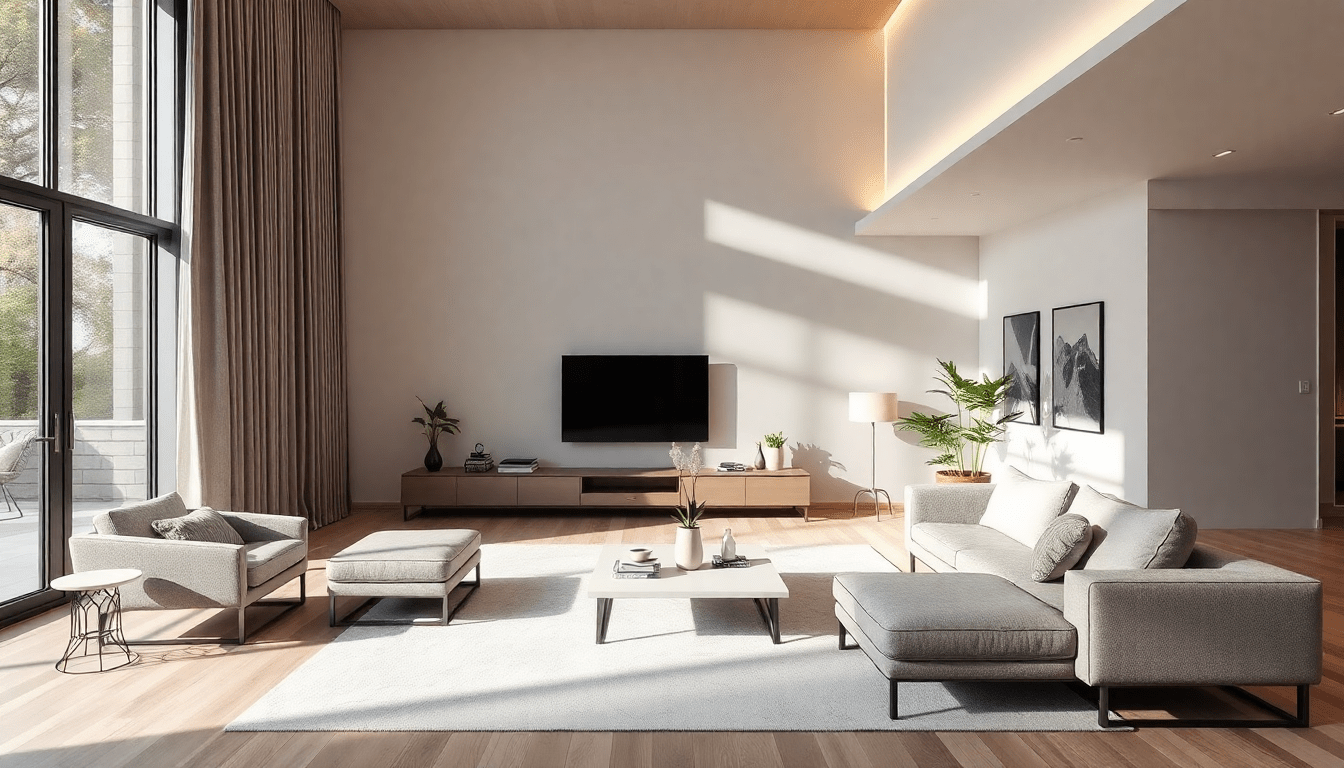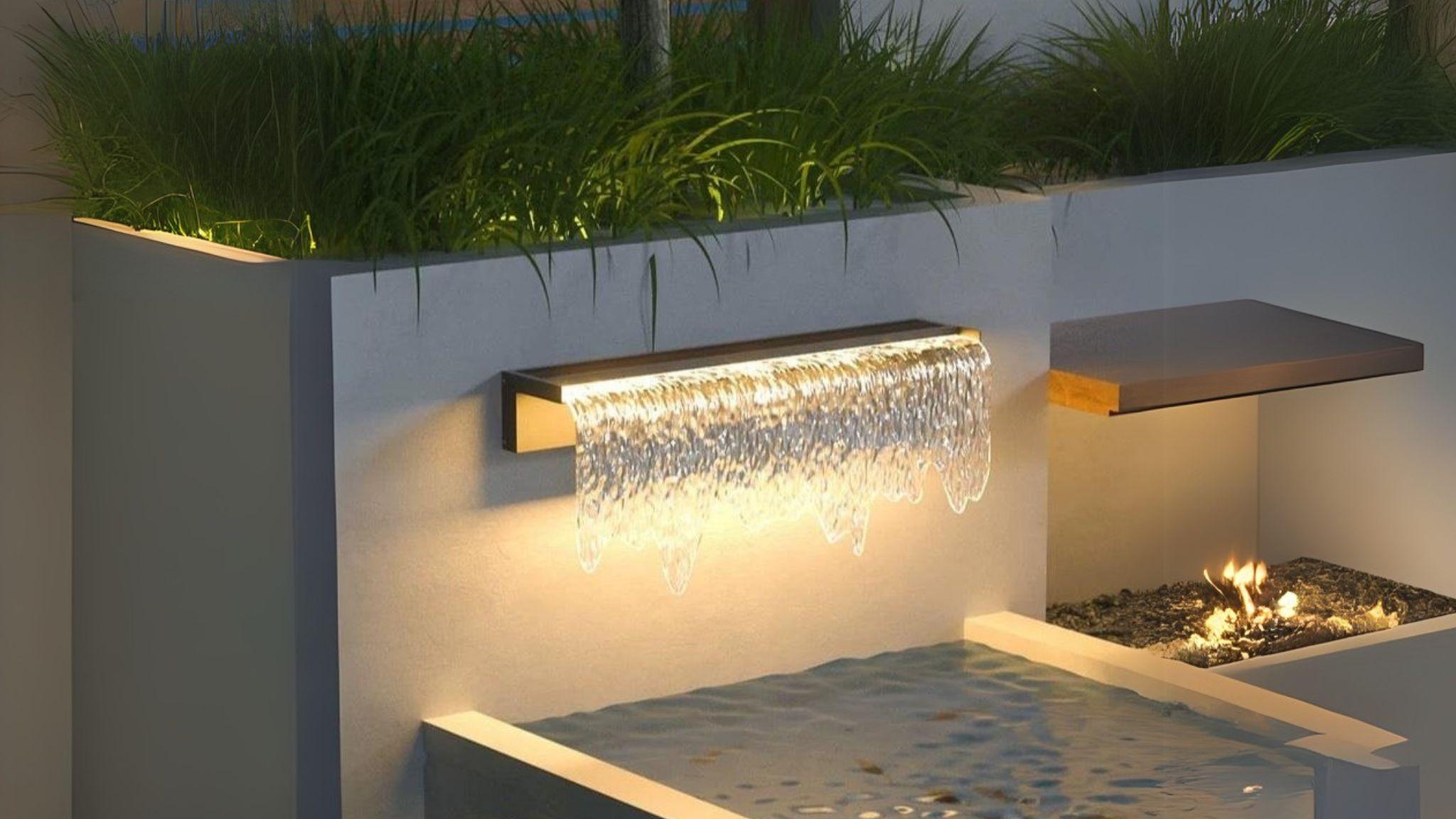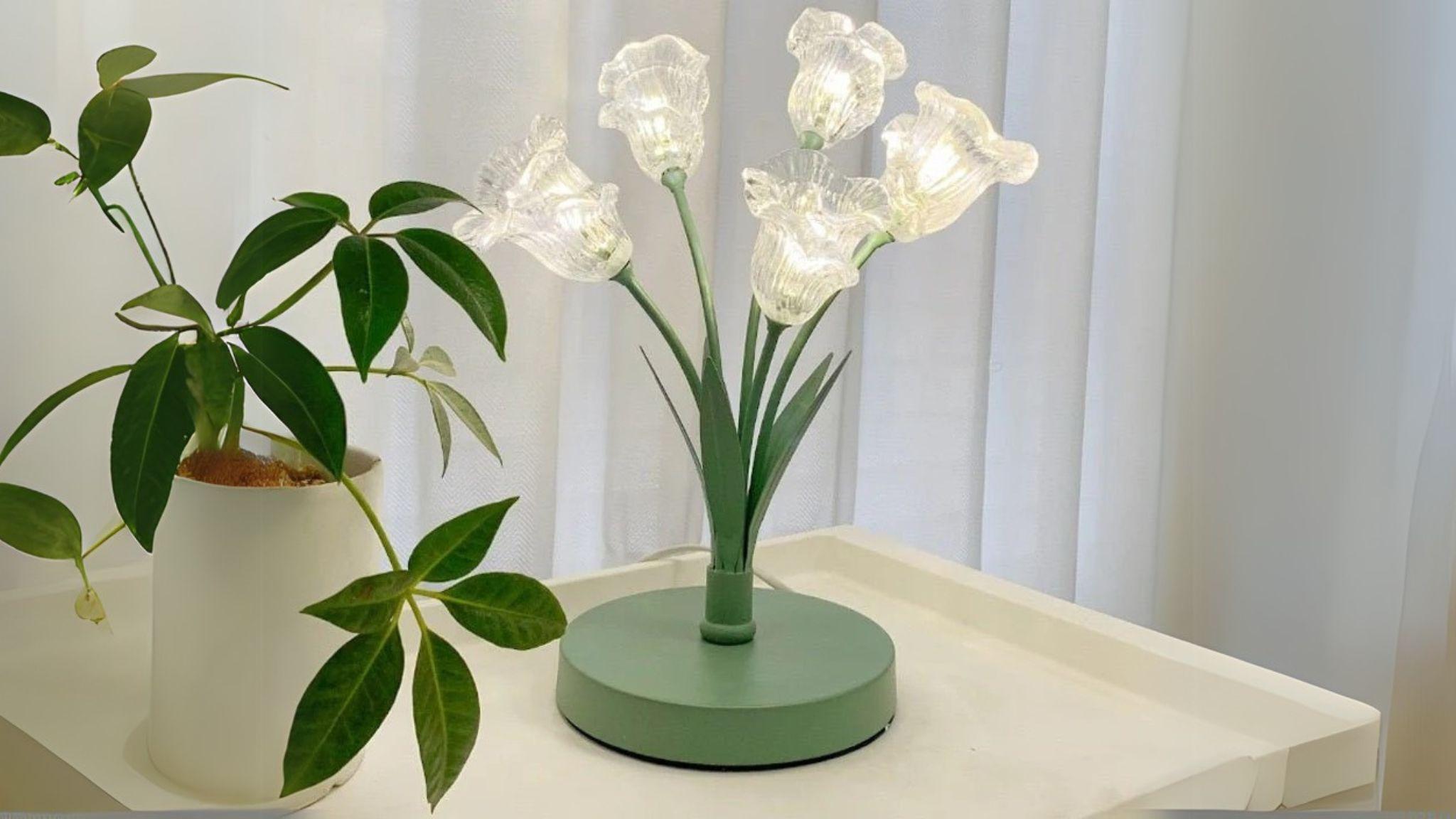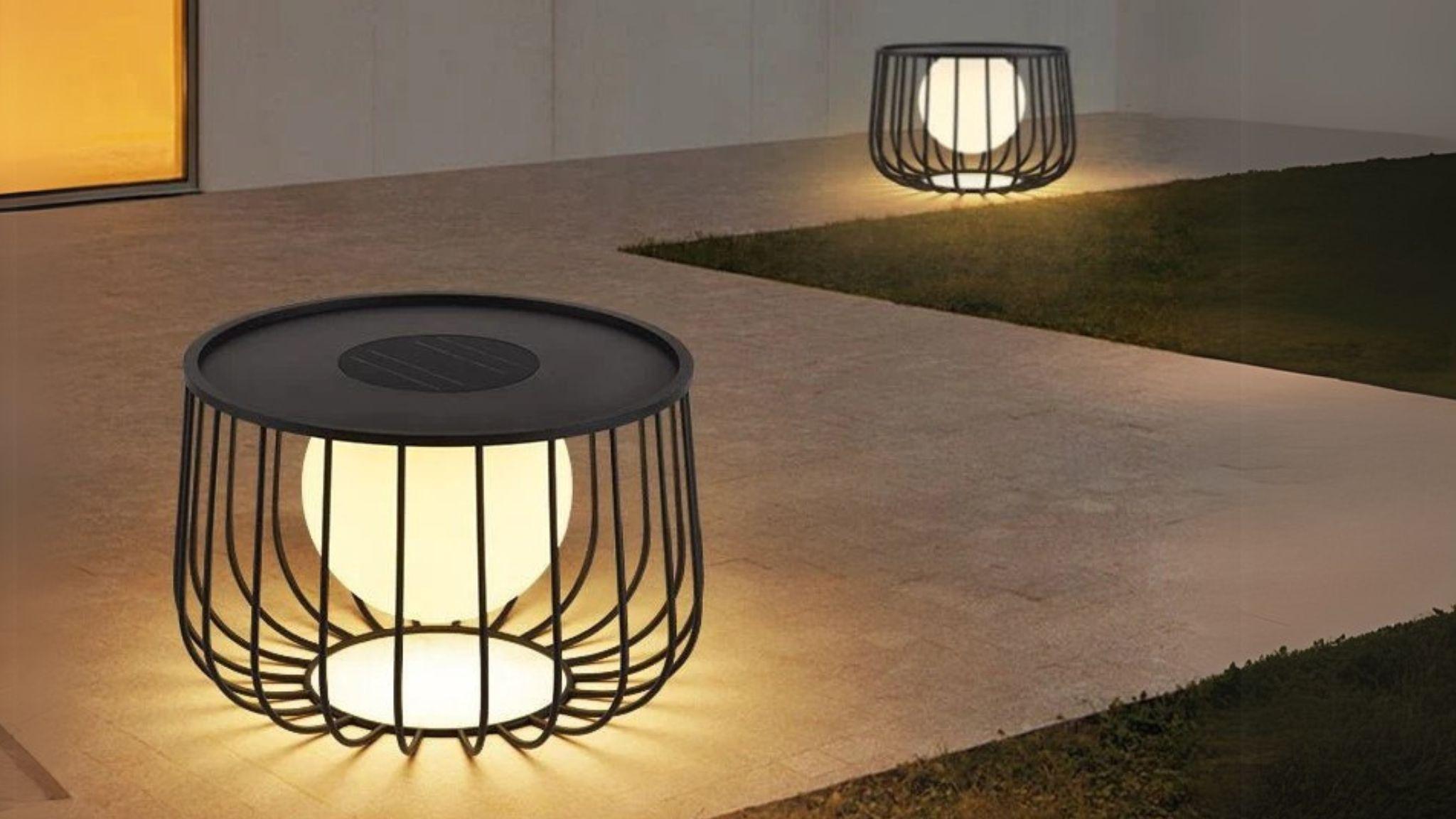Introduction
In 2025, the way we design our living spaces is evolving rapidly, with smart technology and flexible furnishings leading the charge. Combining smart layered lighting with modular furniture offers an innovative approach to crafting adaptable, inviting homes that cater to diverse lifestyles. Whether you're aiming for a cozy retreat, a productive workspace, or an entertaining hub, integrating these elements can revolutionize your environment.
In this comprehensive guide, we’ll explore how to harness the power of layered lighting and modular furniture, providing you with actionable tips, design insights, and trend-forward inspiration to elevate your living spaces.
What is Smart Layered Lighting?
Smart layered lighting involves the strategic use of multiple lighting types controlled through intelligent systems to create versatile and dynamic environments. The foundation of layered lighting rests on three core layers:
- Ambient Lighting: This is the general, overall lighting that illuminates the space uniformly. It usually comes from ceiling fixtures, recessed lights, or smart bulbs that set the base mood.
- Task Lighting: Bright and focused, task lighting supports specific activities like reading, cooking, or working. Examples include adjustable desk lamps, under-cabinet kitchen lights, or swing-arm wall lamps.
- Accent Lighting: Designed to draw attention to architectural details, artworks, or decorative objects, accent lighting adds depth and visual interest. Spotlights, LED strips, or wall sconces often serve this purpose.
Smart lighting technology integrates these layers via apps, voice assistants, or automated schedules, allowing users to tailor the brightness, color temperature, and timing of lights to suit different needs seamlessly.
Advantages of Incorporating Smart Layered Lighting
Modern smart lighting offers numerous benefits that go beyond traditional illumination:
- Personalized Ambiance: Adjust lighting moods from bright and energizing to soft and relaxing at the touch of a button or voice command.
- Energy Savings: LED smart bulbs and automated controls reduce electricity use by turning lights off when not needed or dimming them appropriately.
- Health and Wellness: Mimic natural daylight cycles with tunable white light that supports circadian rhythms, boosting focus and sleep quality.
- Enhanced Security: Schedule lights to simulate occupancy when you’re away, deterring potential intruders.
- Integration with Smart Homes: Connect lighting with other smart devices like thermostats, blinds, and speakers for a holistic home automation experience.
Exploring Modular Furniture: The Heart of Adaptability
Modular furniture is designed to be flexible, multifunctional, and easy to customize. Unlike traditional fixed pieces, modular items can be rearranged, expanded, or reduced to fit evolving needs and spaces.
Key benefits include:
- Customization: Mix and match components to create unique configurations that suit your lifestyle.
- Space Optimization: Ideal for small apartments, open-plan designs, or multifunctional rooms where space is at a premium.
- Easy Maintenance and Upgrades: Replace individual modules or covers without purchasing an entirely new set.
- Multifunctionality: Many modular pieces offer built-in storage, convertible surfaces, or dual-purpose designs (e.g., sofa beds, nesting tables).
Popular Types of Modular Furniture for Modern Living Spaces
- Sectional Sofas: Adjustable seating arrangements that can be expanded or segmented.
- Modular Shelving and Storage Units: Stackable cubes or configurable shelves that adapt to your collection and room size.
- Convertible Tables: Extendable dining tables or coffee tables with hidden compartments.
- Modular Beds: Beds with customizable frames, storage drawers, or fold-away options.
How Smart Layered Lighting and Modular Furniture Complement Each Other
When combined thoughtfully, these two design elements create living spaces that are not only beautiful but also incredibly functional and responsive to your daily routines.
- Create Zones with Light and Furniture: Use modular furniture to define distinct areas within open-plan rooms. Then, layer lighting tailored to each zone—for example, warmer accent lights over a reading nook and bright task lighting near a workstation.
- Enhance Flexibility: Modular furniture can be rearranged for different occasions, and smart lighting scenes can be programmed to match. Hosting a dinner party? Activate warm, inviting lighting and open seating. Need to focus? Switch to bright task lighting and a concentrated seating layout.
- Maximize Small Spaces: In compact homes, modular furniture saves space, while smart layered lighting creates the illusion of openness and depth by strategically illuminating corners and architectural features.
- Improve Mood and Wellness: Combine cozy seating clusters with soft, tunable lighting to foster relaxation, or energize your mornings with bright, cool-toned light paired with modular desks and chairs designed for ergonomic support.
Step-by-Step Guide to Designing Your Adaptive Living Space
1. Assess Your Space and Needs
Begin by evaluating how you use your living area. Consider factors such as:
- Size and layout of the room
- Natural light availability and direction
- Primary activities (entertaining, working, relaxing)
- Number of occupants and their preferences
2. Plan Your Lighting Layers
- Ambient Layer: Choose ceiling fixtures or smart bulbs that deliver sufficient general light.
- Task Layer: Identify areas requiring focused light and select adjustable lamps or under-cabinet LEDs.
- Accent Layer: Highlight art pieces, plants, or architectural details with spotlights or LED strips.
Use smart controls to program multiple scenes and schedules.
3. Select Modular Furniture Pieces
- Pick versatile items that can be reconfigured for various functions.
- Prioritize storage-integrated furniture to reduce clutter.
- Choose materials and colors that complement your lighting scheme and personal style.
4. Define Zones and Flow
Arrange modular furniture to create comfortable zones—lounging, dining, working—and use layered lighting to visually separate these spaces.
5. Add Textures, Colors, and Accessories
Incorporate cushions, rugs, and throws that add warmth and soften modular setups. Select decor that enhances lighting effects and adds personality.
Top Trends in Smart Lighting and Modular Furniture for 2025
- Biophilic Design Integration: Incorporating natural elements like wood, plants, and organic shapes paired with smart lighting that mimics natural daylight.
- Sustainable Materials: Modular furniture made from eco-friendly, recycled fabrics and responsibly sourced woods.
- Warm White and Tunable Whites: Smart lighting emphasizing warm hues to create cozy atmospheres, with options to adjust color temperature throughout the day.
- Minimalist and Multifunctional Designs: Clean lines and subtle aesthetics that maximize utility without clutter.
- Voice and AI Integration: Advanced smart lighting systems that learn user preferences and adjust automatically for comfort and energy efficiency.
Common Mistakes to Avoid
- Overloading with Lights: Avoid placing too many lighting fixtures, which can cause clutter and visual noise.
- Ignoring Scale and Proportion: Ensure modular furniture fits the room’s size; oversized pieces can overwhelm small spaces.
- Neglecting Compatibility: Confirm smart lighting products integrate smoothly with your home automation system.
- Forgetting User Experience: Design with your daily routines in mind; overly complex setups may become frustrating.
Conclusion
Smart layered lighting and modular furniture are game changers in contemporary interior design, offering unparalleled adaptability, comfort, and style. By thoughtfully combining these elements, you can create living spaces that evolve with your needs, enhance your wellbeing, and impress guests with their versatility and aesthetic appeal.
Whether you’re redesigning a single room or your entire home, embracing this dynamic duo will help you achieve a truly adaptive and inviting environment.
Visit XENTAR for more lighting, decor & furniture curated for modern homes and creative spaces.




Share:
How to Combine Smart Ambient Lighting with Convertible Furniture to Maximize Style and Space Efficiency
Smart Lighting and Modular Furniture Fusion: Designing Flexible and Stylish Living Spaces for Enhanced Comfort